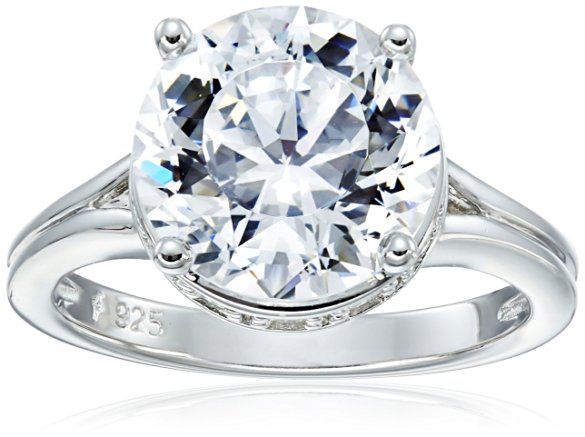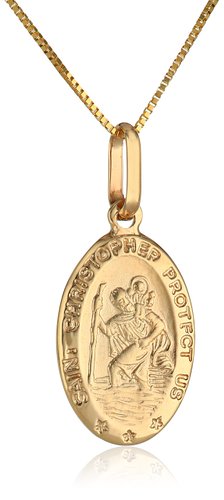Natural Ruby Properties
Ruby is a variety of the mineral corundum and occurs in colors ranging from light pink to dark red.

This gemstone is among the most durable, and its hardness is rated 9 on the Mohs scale. Ruby is also one of the most expensive gems.
What Are Fake Rubies?
Fake rubies are stones made of an imitation material such as glass or a non-ruby mineral.
It is important to distinguish between fake rubies and synthetic rubies.
While fakes have different chemical and physical properties compared with the real thing, synthetics have the same chemical composition as natural ruby and are, technically, real rubies.
Stones Used as Ruby Imitations
The stones most commonly used as fake rubies are other naturally occurring red minerals as well as colored glass. Here are the most often used ruby imitations:
Tourmaline: This is a silicate mineral whose hardness is rated 7.0-7.5 on the Mohs scale. The pink-reddish variation of this gemstone is often used as a fake ruby, but tourmaline is much softer.
Garnet: This is another silicate mineral. There are many different colors of garnet, but its red variation is the one that is sold as fake ruby.
Like tourmaline, garnet is softer than ruby (garnet’s hardness rating on the Mohs scale is 6.5-7.5).
Glass: A lot of the fake rubies sold on the market are made of red-colored glass. Those imitations are very cheap, but they are also not very durable.
Composite rubies: These stones are made of real ruby fused with glass. The goal of combining these two materials is to increase the size of the stone while reducing its sales price compared with that of real ruby.
The problem with composite rubies is that they can break easily and be damaged by chemicals used in household cleaning and jewelry repairs.
To see what natural rubies look like, check out the ruby selection at James Allen.
How to Distinguish Between Fake and Genuine Rubies
Here are the most common differences between real and fake rubies that can help you to identify imitations:
Hardness: Substitutes such as tourmaline, garnet, or glass are softer than real ruby. This means that fake rubies made of these materials will scratch more easily.
Weight: Most fake rubies are less dense than real ones. This can be established easily if a fake ruby is weighed and its weight is compared with that of a real ruby of similar size – the fake one will often weigh less.
Price: How much a stone sold as ruby costs is an indication as to how likely it is to be real. Ruby is a pretty expensive gemstone, so if someone sells it to you at a suspiciously low “bargain” price, it is likely that it might be fake.
However, sometimes a ruby may be cheap simply because it was created synthetically, but in such a case, the stone should not cost a small fraction of the price of a similar real ruby.
Where to Buy Rubies?
We recommend James Allen (read review) because you can take a 360-degree look at any ruby before having it set in a piece of jewelry.
We also recommend Blue Nile and Ross-Simons.














